Bassarova, M.; Archer, M.; and Hand, S.J. December 20, 2001. “New Oligo-Miocene Pseudocheirids (Marsupialia) of the Genus Paljara from Riversleigh, Northwestern Queensland.” Memoirs of the Association of Australasian Palaeontologists 25:61-75.
Clark, P; and Bradshaw, F. August 2007. “Haemotological Characteristics of Injured Western Ringtail Possums (Pseudocheirus occidentalis).” Comparative Clinical Pathology 16(3):187-192.
"Common Ringtail: Pseudocheirus peregrinus." Pp. 120-121 in Grzimek's Animal Life Encyclopedia, Second Edition. Volume 13: Mammals II, edited by Michael Hutchins, Devra G. Kleiman, Valerius Geist, and Melissa C. McDade. Farmington Hills, MI: Gale Group, Inc., division of Thomson Learning Inc., 2004.
Department of the Environment, Water, Heritage, and the Arts. 2009. Background Paper to EPBC Act Policy Statement 3.10 – Nationally Threatened Species and Ecological Communities. Significant Impact Guidelines for the Vulnerable Western Ringtail Possum (Pseudocheirus occidentalis) in the Southern Swan Coastal Plain, Western Australia. Canberra: Australian Government. Retrieved on February 26, 2014.
- Available at: http://www.environment.gov.au/system/files/resources/12125dcb-7a21-42b7-8491-a404f4bbfc07/files/background-paper-western-ringtail-possum.pdf
Department of the Environment. 2014. " Pseudocheirus occidentalis -- Western Ringtail Possum, Ngwayir." Biodiversity Species Profile and Threats Database. Canberra: Australian Government. Retrieved on February 26, 2014.
- Available at: http://www.environment.gov.au/cgi-bin/sprat/public/publicspecies.pl?taxon_id=25911
Duff, Andrew; and Lawson, Ann. 2004. Mammals of the World: A Checklist. Yale University Press.
Flannery, Timothy F. 1994. Possums of the World: A Monograph of the Phalangeroidea. Chastwood, Australia: GEO Productions in association with the Australian Museum.
Kerle, Jean Anne. 2001. Possums: The Brushtails, Ringtails and Greater Glider. Sydney: University of New South Wales Australian Natural History Series. Retrieved on February 26, 2014.
- Available at: http://books.google.com/books?id=YDM0hjAwchUC&lpg=PT65&dq=Petropseudes%20dahli&pg=PT66#v=onepage&q=Petropseudes%20dahli&f=false
Macrini, Dr. Ted. 2007. “Pseudocheirus occidentalis, Western Ringtail Possum (On-line).” Digital Morphology. Retrieved on February 26, 2014.
- Available at: http://digimorph.org/specimens/Pseudocheirus_occidentalis/
Menkhorst, Peter; and Knight, Frank. 2001. A Field Guide to the Mammals of Australia. South Melbourne: Oxford University Press.
Meredith, Robert W.; Mendoza, Miguel A.; Roberts, Karen K.; Westerman, Michael; and Springer, Mark S. March 2, 2010. “A Phylogeny and Timescale for the Evolution of Pseudocheiridae (Marsupialia: Diprotodontia) in Australia and New Guinea.” Journal of Mammalian Evolution17(2):75-99. Retrieved on March 11, 2014.
- Available at: http://www.ncbi.nlm.nih.gov/pmc/articles/PMC2987229/
Morris, K.; Burbidge, A.; and Friend, T. 2008. “Pseudocheirus occidentalis.” In: IUCN 2013. International Union for Conservation of Nature and Natural Resources Red List of Threatened Species. Version 2013.2. Retrieved on February 26, 2014.
- Available at: http://www.iucnredlist.org/details/18492/0
Nowak, Ronald M. 1999. Walker's Mammals of the World, Sixth Edition. Volume I. Baltimore: Johns Hopkins University Press.
Nowak, Ronald M. 2005. Walker's Marsupials of the World. Baltimore: Johns Hopkins University Press.
"Pseudocheirus occidentalis: Western Ringtail Possum." Digital Morphology: A National Science Foundation Digital Library at University of Texas, Austin. Retrieved on April 4, 2014.
- Available at: http://digimorph.org/specimens/Pseudocheirus_occidentalis/
“Pseudocheirus peregrinus occidentalis: Western Ringtail Oppossum.” Encyclopedia of Life. Retrieved on February 26, 2014.
- Available at: http://eol.org/pages/1274661/details
Ride, W.D.L. A Guide to the Native Mammals of Australia. Melbourne: Oxford University Press, 1970.
Root, Nina J., and Bryan R. Johnson, comp. Proceedings of the Zoological Society of London: An Index to the Artists 1848 - 1900. New York and London: Garland Publishing Inc., 1986. Retrieved on February 26, 2014.
- Available via Internet Archive at: https://archive.org/details/procezoo00root
Strahan, Ronald; and Conder, Pamela. 2007. Dictionary of Australian and New Guinean Mammals. CSIRO Publishing.
Thomas, Chris. "Hot spells threaten ringtail habitat." ScienceNetwork Western Australia > Topics > Environment & Conservation. September 18, 2013. ScienceNetwork Western Australia. Web. www.sciencewa.net.au
- Available at: http://www.sciencewa.net.au/topics/environment-a-conservation/item/2398-hot-spells-threaten-ringtail-habitat.html
Thomas, Oldfield. Catalogue of the Marsupialia and Monotremata in the Collection of the British Museum (Natural History). London: Taylor and Francis (by Order of the Trustees), 1888. Retrieved on February 26, 2014.
- Available via Biodiversity Heritage Library at: http://biodiversitylibrary.org/page/37986443
Threatened Species Day Fact Sheet. 2007. “Western Ringtail Possum, Pseudocheirus occidentalis.” Department of the Environment and Water Resources Threatened Species and Ecological Communities Publications. Canberra: Australian Government. Retrieved on February 26, 2014.
- Available at: http://www.environment.gov.au/resource/western-ringtail-possum-pseudocheirus-occidentalis
Wayne, A.F.; Rooney, J.F.; Ward, C.G.; Vellios, C.V.; and Lindemayer, D.B. 2005. “The Life History of Pseudocheirus occidentalis (Pseudocheiridae) in the Jarrah Forest of south-western Australia.” Australian Journal of Zoology 53(5):325-337.
"Western Ringtail Possum (Pseudocheirus occidentalis)." ARKive. Retrieved on February 26, 2014.
- Available at: http://www.arkive.org/western-ringtail-possum/pseudocheirus-occidentalis/image-G38671.html
"Western Ringtail Possum: Pseudocheirus occidentalis." Australian Threatened Species 2007. Retrieved on February 26, 2014.
- Available at: http://www.environment.gov.au/system/files/resources/a958a9fd-9c5d-49d9-8151-c14a2b748b4b/files/tsd07-w-ringtail-possum.pdf
Wilson, D.E.; and Reeder, D.M. 2005. Mammal Species of the World: A Taxonomic and Geographic Reference, Third Edition. Johns Hopkins University Press.


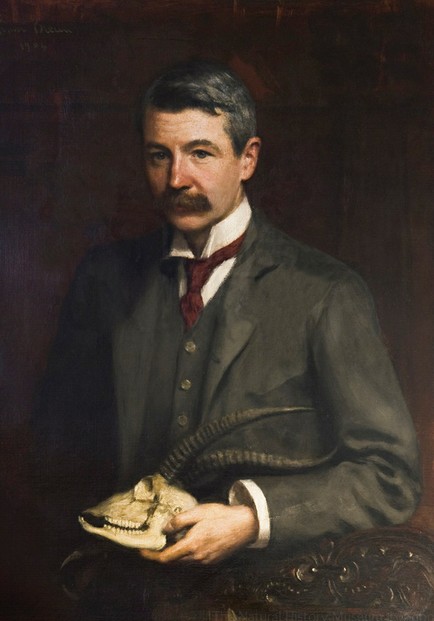
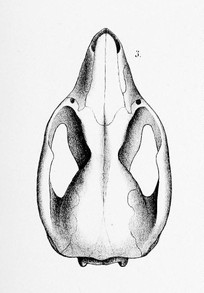
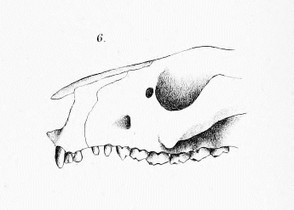
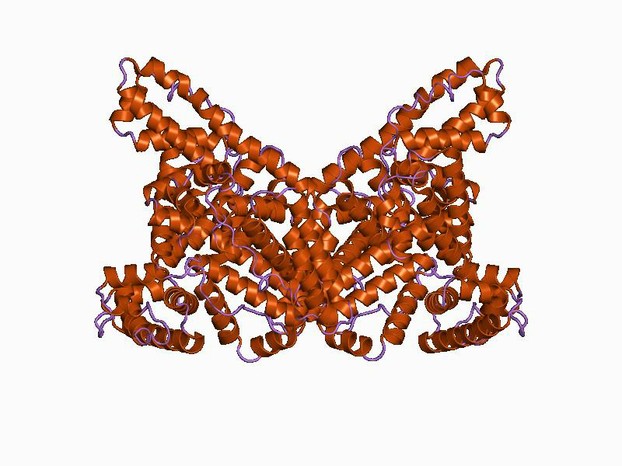
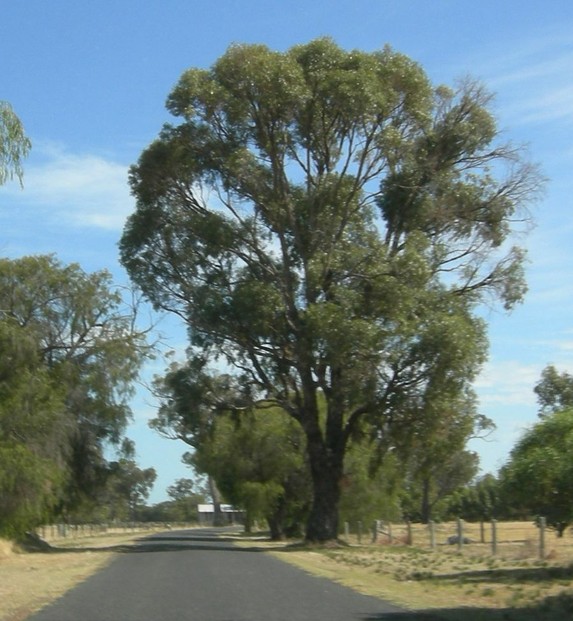
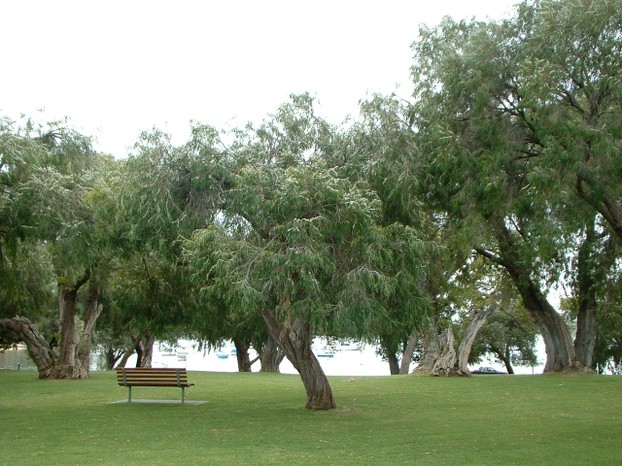
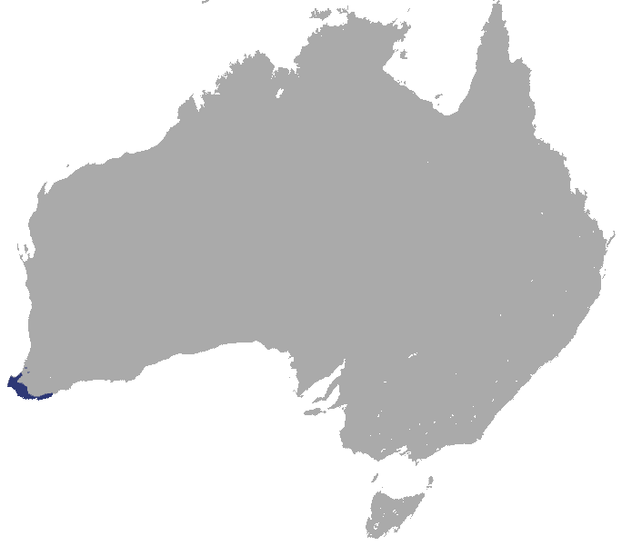
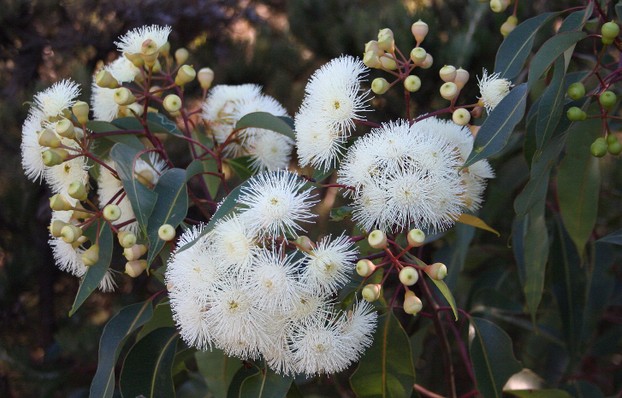
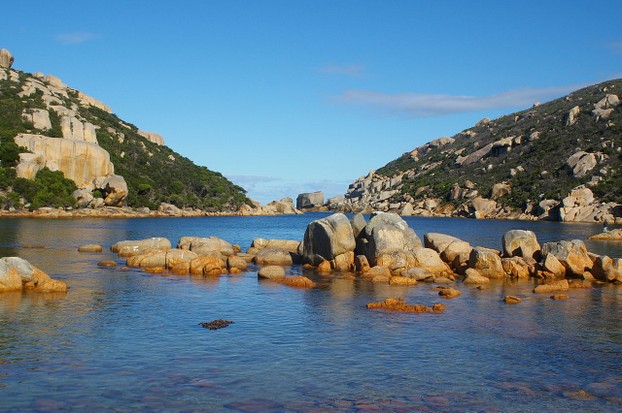





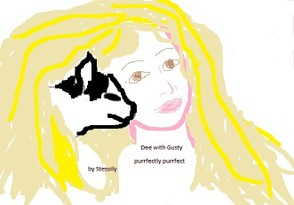
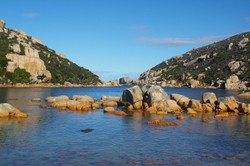

 Are Hawaiian Huakai Po Nightmarchers Avenging Halloween Thursday?on 10/02/2024
Are Hawaiian Huakai Po Nightmarchers Avenging Halloween Thursday?on 10/02/2024
 Mailing Addresses for 2023 Form 4868 Extending 1040 and 1040SR April 15, 2024, Due Dateon 04/15/2024
Mailing Addresses for 2023 Form 4868 Extending 1040 and 1040SR April 15, 2024, Due Dateon 04/15/2024
 Mailing Addresses for 2023 Forms 1040 and 1040SR Filed in 2024on 04/15/2024
Mailing Addresses for 2023 Forms 1040 and 1040SR Filed in 2024on 04/15/2024
 Mailing Addresses for 2022 Form 4868 Extending 1040 and 1040SR April 18, 2023, Due Dateon 04/13/2023
Mailing Addresses for 2022 Form 4868 Extending 1040 and 1040SR April 18, 2023, Due Dateon 04/13/2023

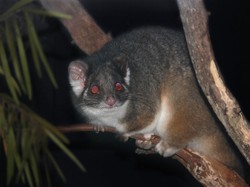

Comments
The second paragraph in the information module between the fourth and the fifth in-text images about tuart and peppermint trees advises us that "Females and males begin their jointly-shared parental responsibilities of the next 2 – 5 years by building 5+ grass-, leaf- and twig-fortified nests in:
Balga grasstree (Xanthorrhoea preissii) canopies;
Tuart tree (Eucalyptus gomphocephala) canopies, forks and hollows."
Who gets to gather when and why in the nest quintet?
The conclusion addresses among environmental, life-cycle stresses on ngwayir populations "Competitive bushtail possums (Trichosurus vulpecula)."
Isn't it interesting to imagine imaged information about when, where, why ngwayirs and bushtail possums interact non-sustainably and sustainably?
The product for Owston's banded palm civets considers ZooBorns: the newest, cutest animals from the world's zoos and aquariums by Andrew Bleiman and Christ Eastland.
Owston's banded palm civets count as cute, cuter, cutest candidates for book, film or poster series about WildBorns.
Wouldn't ngwayir also?
The computer crashed afore I communicated another component of my comment below.
Capturing and domesticating animal sentients always detours me along such dietary demands as liquid nourishment that generally depends a lot upon available water.
Do captured and domesticated animal sentients, if captors and domesticators deferred to their druthers, delight more in home-range water or in human-delivered water sources?
So carrots attend to ngwayir appetites in captivity and domestication.
Why do their captors and domesticators deem healthy but hard-chew carrots such a delectable delight?
My feline sentient Gusty always flicked away any carrots. Might it have been because Mother Nature generally makes orange and red unmunchable?
Mira, It's amazing how much is accomplished -- and how quickly time flies -- when sharing interests, isn't it? Me, too, I love the eating sequences -- clearly this possum feels comfortable, feels cared for. There's a special soft spot in my heart for all ringtail species.
Wow, I can't imagine when you have time to do all the research, but it's fun to learn about all these mammals. I love that they relocated this ringtail possum to that national park in SW Australia. Also love the way it eats carrots :)